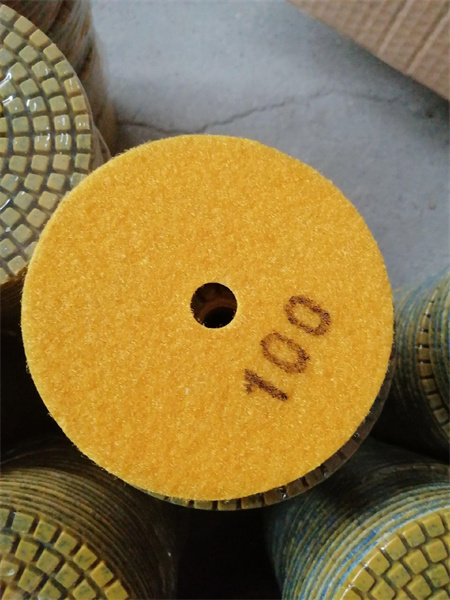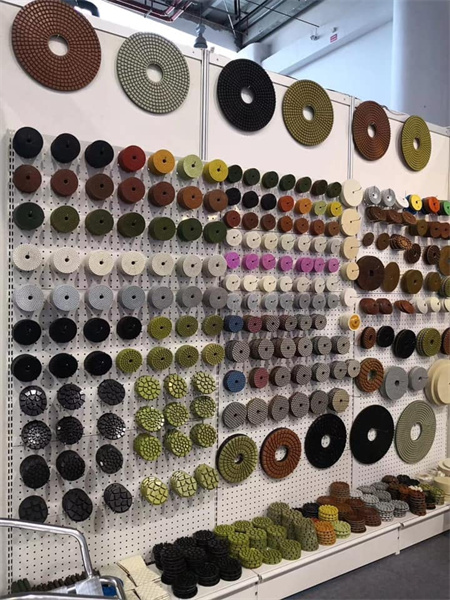Safety Tips for Contractors Using Diamond Polishing Tools


The importance of proper tool maintenance cannot be overstated. A well-maintained diamond polisher works more efficiently and reduces the risk of accidents. Before each use, inspect the equipment thoroughly. Check the diamond pads for wear and tear, and ensure that the polishing tool is tightly assembled. Loose parts can cause unexpected malfunctions and increase the risk of injury. Additionally, ensure the tool is properly lubricated and cleaned to avoid overheating, which can not only damage the tool but also create hazardous conditions.
Understanding the right technique and approach to using a diamond polishing tool is equally crucial. Operating these tools with improper technique can lead to poor results, increased wear on the tool, and potential accidents. When using a diamond polisher, avoid pressing down too hard. Let the weight of the tool do the work rather than forcing it into the surface. This reduces the likelihood of the tool jumping or skidding, which can cause injury or damage to the surface you’re working on. Keep the tool moving at a steady pace to ensure even polishing and reduce heat buildup. Heat can cause the diamonds to wear unevenly and can also pose a burn risk to the operator.

Moreover, contractors should always be aware of their surroundings. Never leave a polishing tool running unattended, and be mindful of the positioning of your body in relation to the tool. This will help you maintain better control and reduce the risk of accidental injury. Make sure the work area is clear of any obstacles that could interfere with your movement or distract you. It’s also important to have a clear exit strategy in case of an emergency.
Training and education are also key to safety. Before using a diamond polishing tool, it’s vital that contractors and their teams receive proper training. Knowing how to handle the equipment safely, understanding the risks involved, and knowing how to react in case something goes wrong can make a huge difference. Operators should also be trained on the specific needs and limitations of the tool they are using. For example, some diamond polishing pads work best at a certain speed or with a specific pressure level. Using the wrong settings can result in suboptimal performance or, worse, accidents.
Even the best equipment can pose a risk if not handled properly, and diamond polishing tools are no exception. By incorporating safety gear, maintaining equipment, using the right techniques, ensuring a safe work environment, and providing proper training, contractors can significantly reduce the risk of injury or damage while using these powerful tools. With the right precautions in place, you can ensure that your diamond polishing projects run smoothly, safely, and with outstanding results.